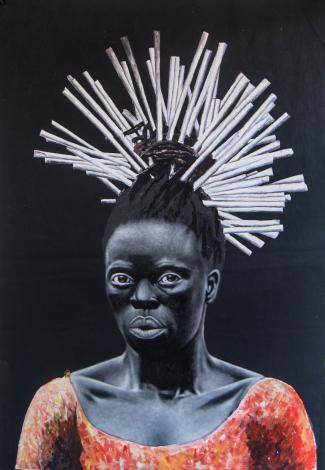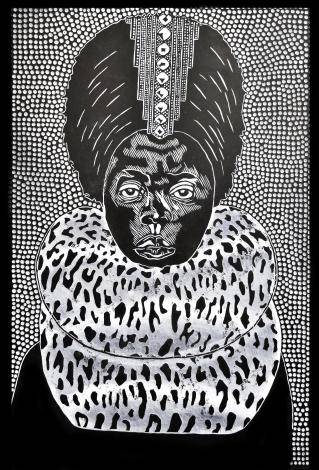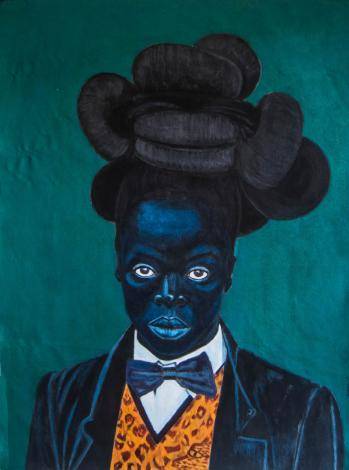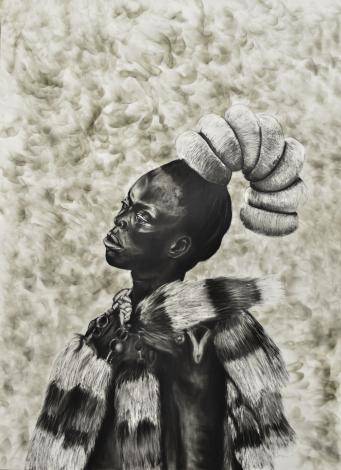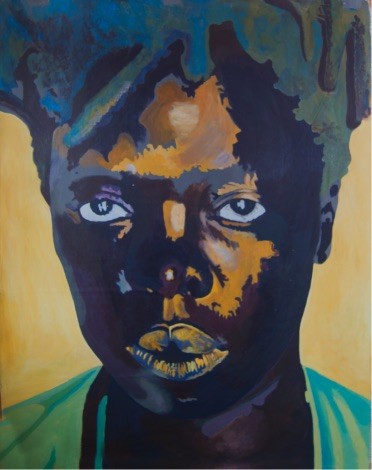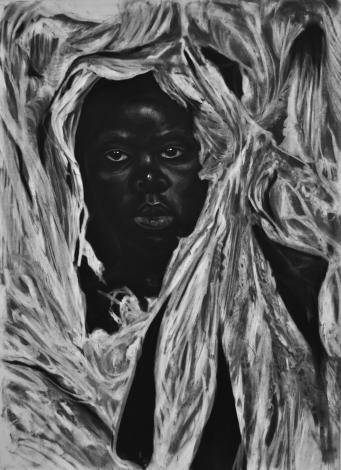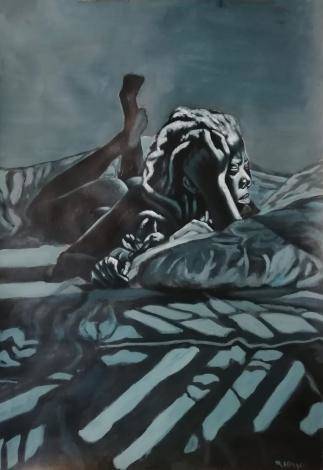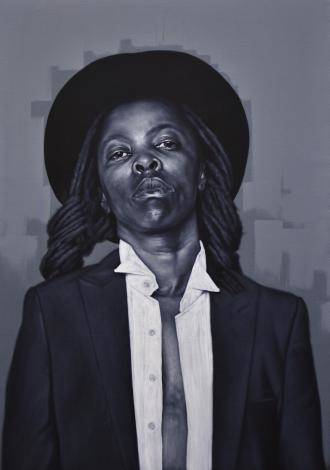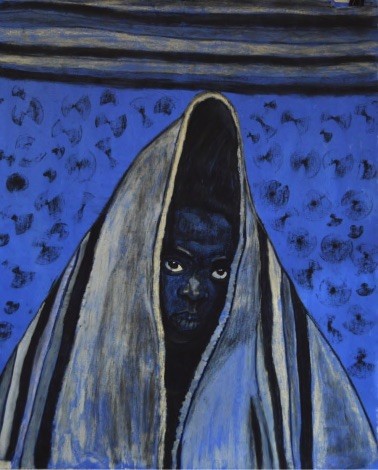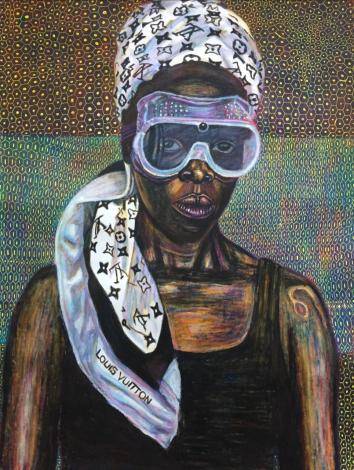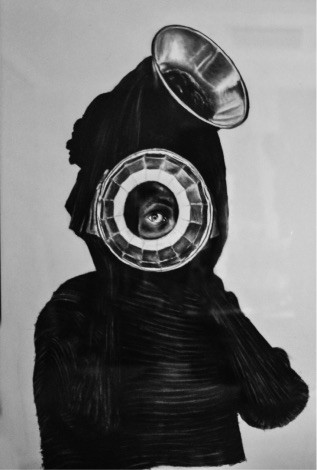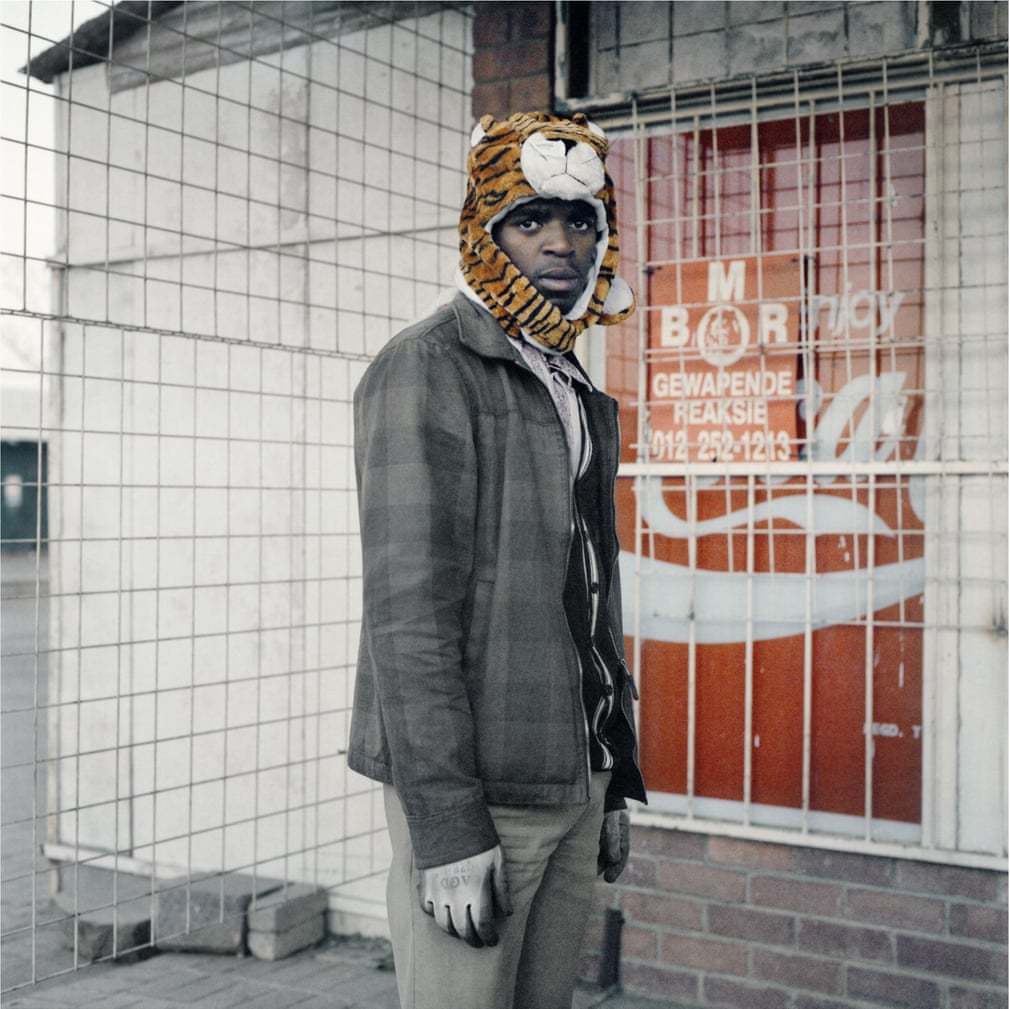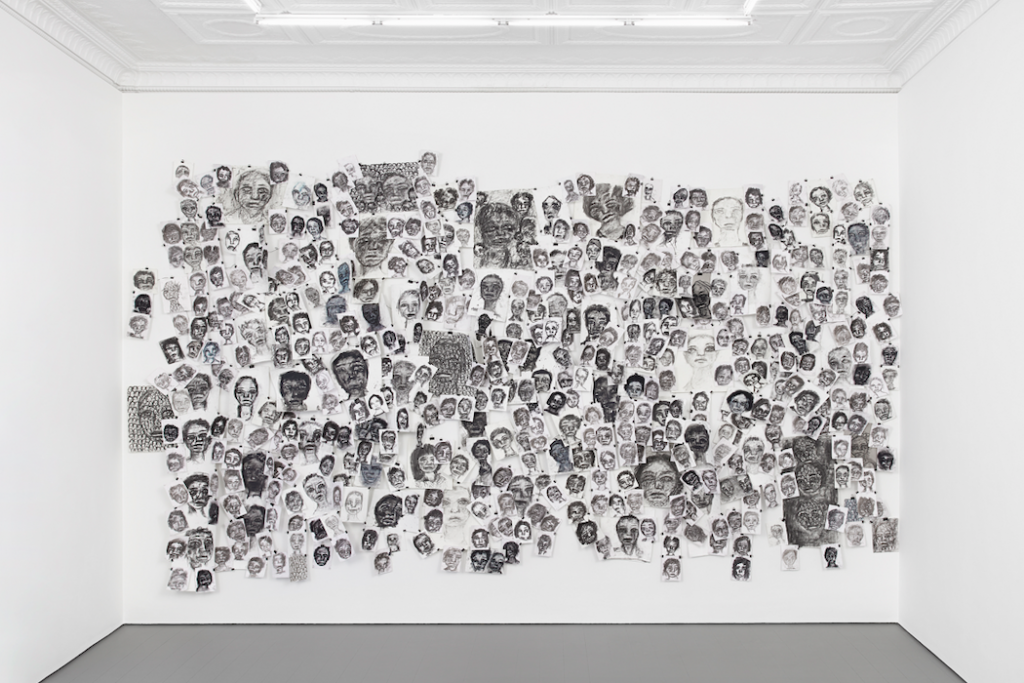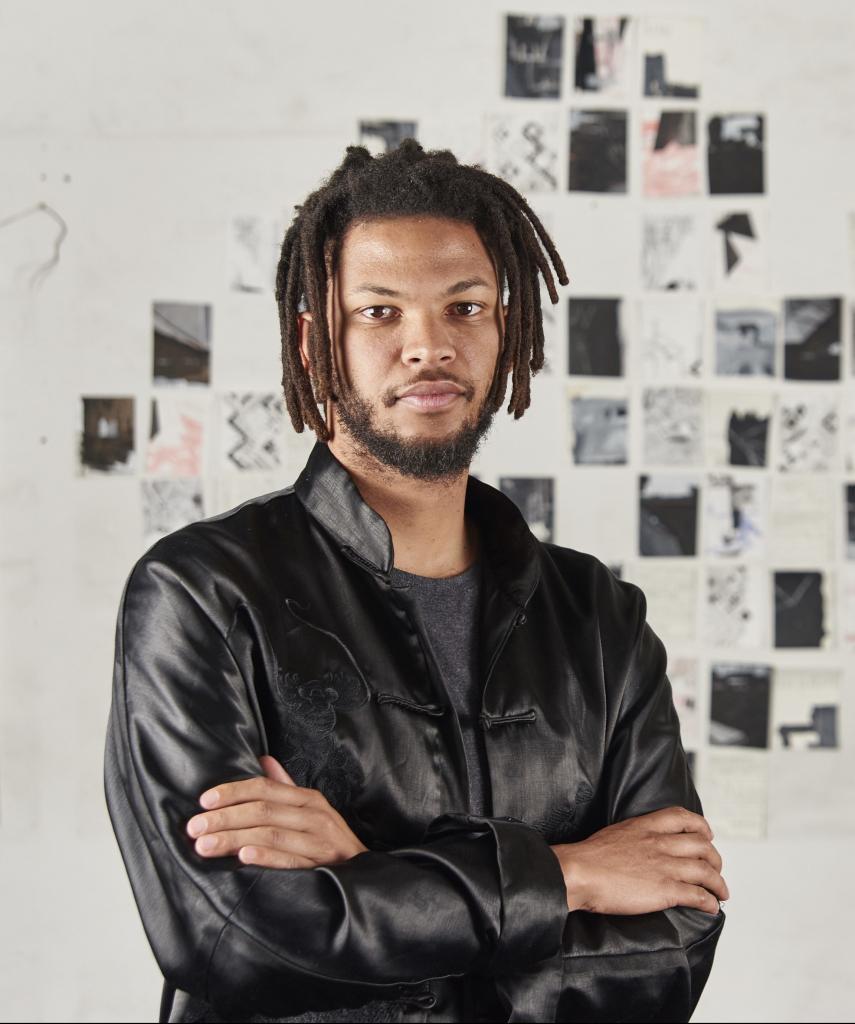Ikhono Lasenatali – Creating spaces of assertion, collectivism & visibility
Can I own my voice? Can I own me, because my mother never had an opportunity to own her own voice until she died? There are a lot of beautiful humans out there who get to be on the cover of magazines & they are loved dearly. Why are ordinary people only featured in any magazine when there is tragedy? Why are there no images of queer people, especially queer black people, and yet people are told that you have a right to be? I just wanted to produce images that spoke to me as a person….
This is a recording of visual artist and activist Prof. Zanele Muholi on a documentary series—Art21. Muholi’s mission is ‘to re-write a black queer and trans visual history of South Africa for the world to know of our resistance and existence at the height of hate crimes in SA and beyond’.
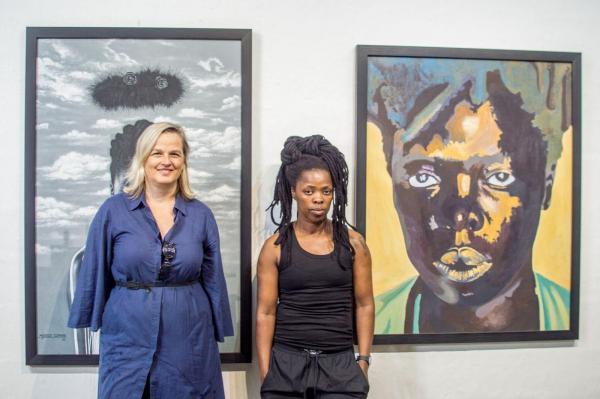
In late 2018, Muholi commissioned 25 emerging artists to interpret photographic images from their self-portrait series Somnyama Ngonyama—an ongoing photographic series where Muholi has decided to turn the lens inwards as a way of speaking to the politics of race, class, gender and sexuality. This group of artists responded through their own personal creations and interpretations, shining light on ideas of collectivism and visibility. Works created by the artists were later displayed as part of an exhibition at the KZNSA Gallery, Ikhono LaseNatali, curated by Thobeka Bhengu and Bajabulile Dhlamini.
I had an opportunity to chat to the curators about this impactful intervention.
NM: Can you tell us about the title of the show: IKHONO LASENATALI, what does it speak to?
Curators: Ikhono LaseNatali speaks to the ability or skills of artists in KwaZulu-Natal. The title of the show is daring and direct in acknowledging and affirming skilled artists in KwaZulu-Natal.
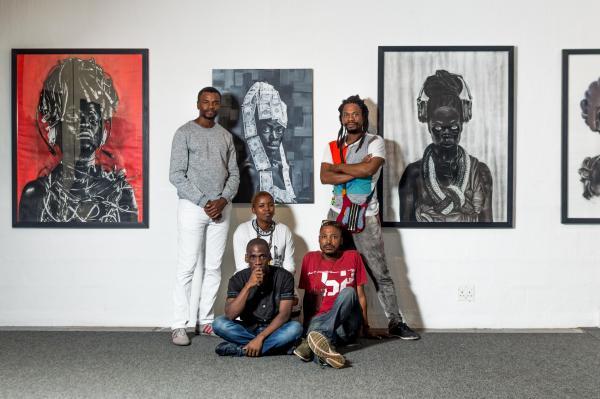
NM: How was the reception for this exhibition, particularly from the local Durban communities? Who seems to be engaging with the work?
Curators: The exhibition has been open for close to three weeks and the reception of the work has been more than what we expected. The education programme has attracted more schools, including township schools that Muholi and Inkanyiso Media have been working with around Durban. This has opened opportunities for young people who have never had the privilege of being in a gallery to access the space and engage with this important work. Different people have been engaging with the work, people of all ages, races and backgrounds. We are humbled by the response and thankful to the Durban community for responding to this work.
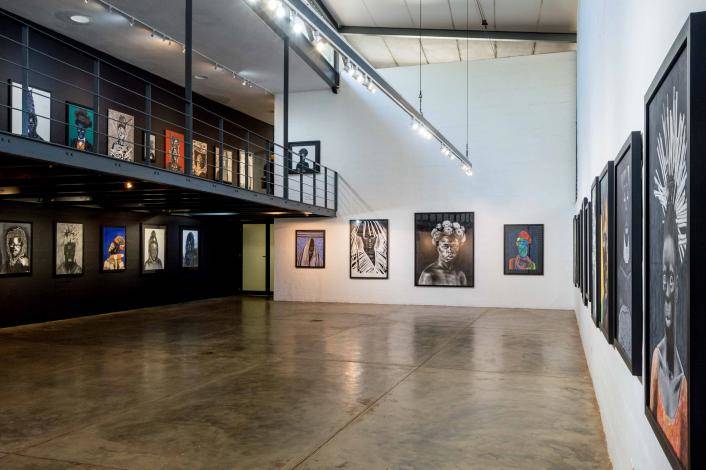
NM: What kind of conversations do these images (responding to Prof Muholi’s work) create? What do you believe happens in that process of translation?
Curators: The entire body of work (Somnyama Ngonyama) confronts systematic and political nuances through visuals; looking at politics of race, gender, blackness, beauty and personal experiences in social spaces and constructs. It confronts complex personal, political and social experiences through visual representations and articulations.
It is usually said that certain things are lost in translation; however in Ikhono LaseNatali- Somnyama Ngonyama interpreted, the work has not been lost in translation. Instead, it has been intensified and multiplied. The translations by the twenty five artists brought the voices of the artists themselves to the fore, in addition to the themes addressed by Somnyama Ngonyama as a body of work.
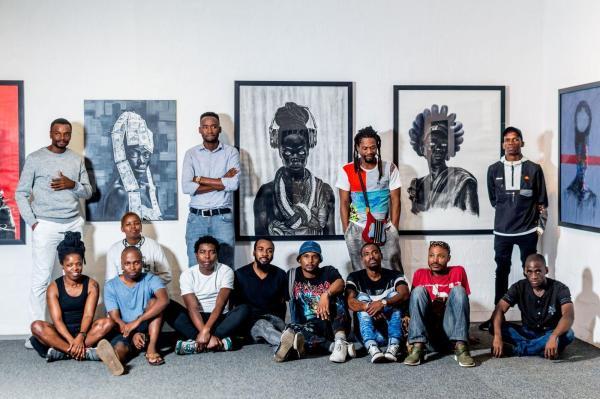
NM: I’m interested in the manner in which these interventions begin to formulate ways to deal with inequality (race, sexual and gender), can you speak to this?
Curators: This kind of intervention is looking at making art spaces accessible to black artists, ensuring that younger generations can visit galleries and experience black artist’s work on the walls of spaces that were previously inaccessible to these artists. The intervention also provided monetary compensation for the commissioned artists and explored the idea of collectivism.
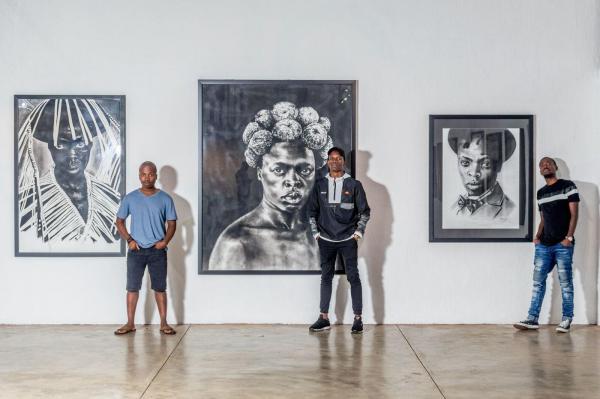
NM: Can you tell us about the programme in its entirety? (Labs etc?)
Curators: The exhibition in its entirety features Educational Programmes that are accessible to the public at no fee—the Public Walkabouts, Lab talks and Education Programme for schools.
The Public Walk-Abouts give insight to the work displayed in the exhibition and they allow direct interaction with the artists. Lab Talks are more interactive and engaging, where the artists share their journey, mediums, styles and materials with attendees. The programme is open to KZN schools and it has been a resounding success.

